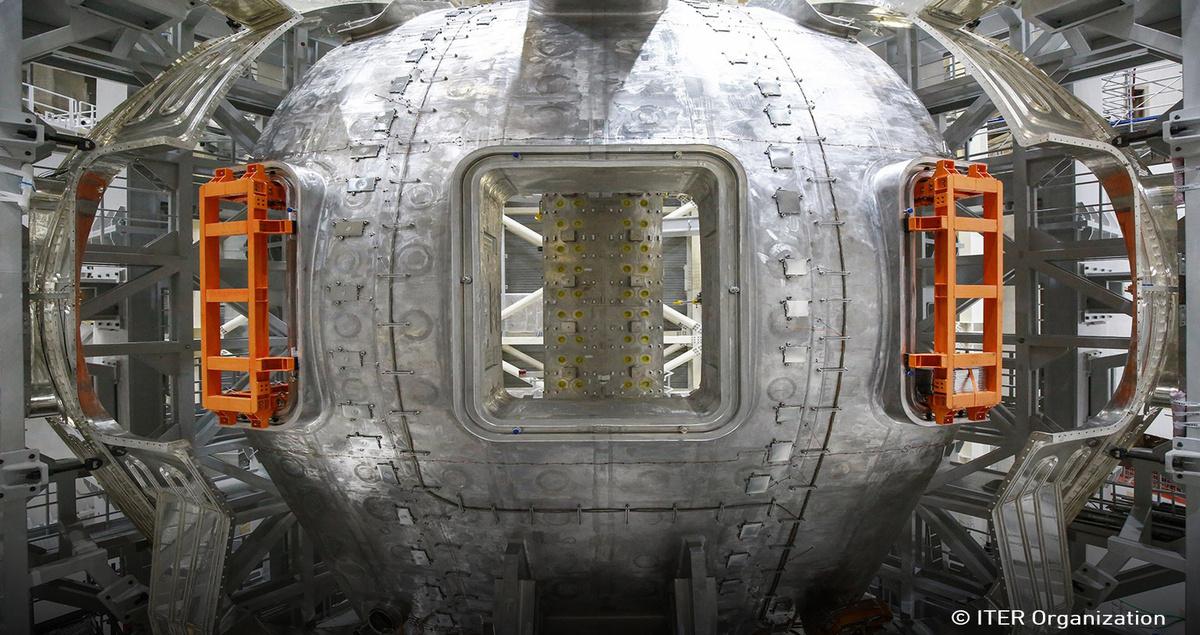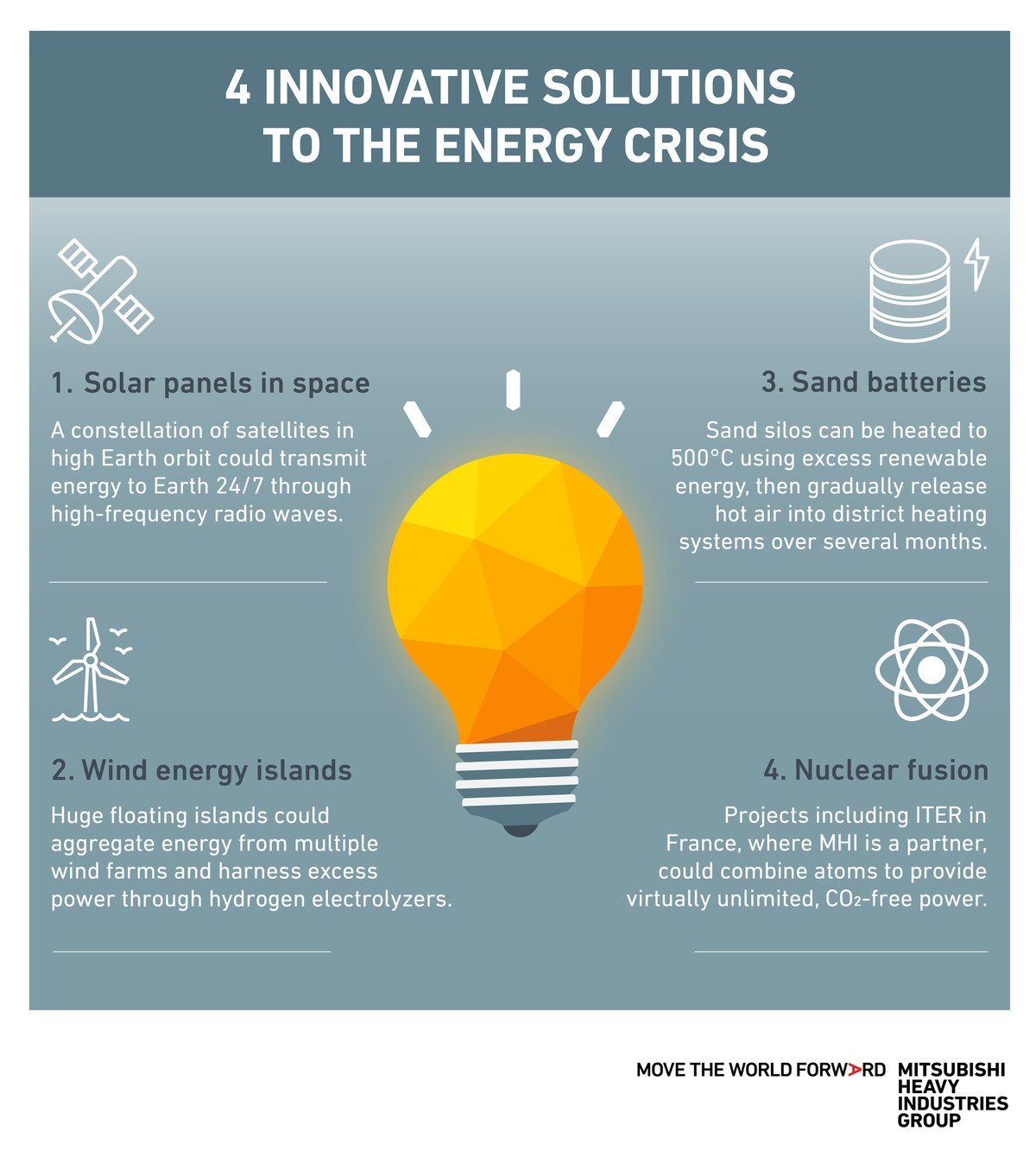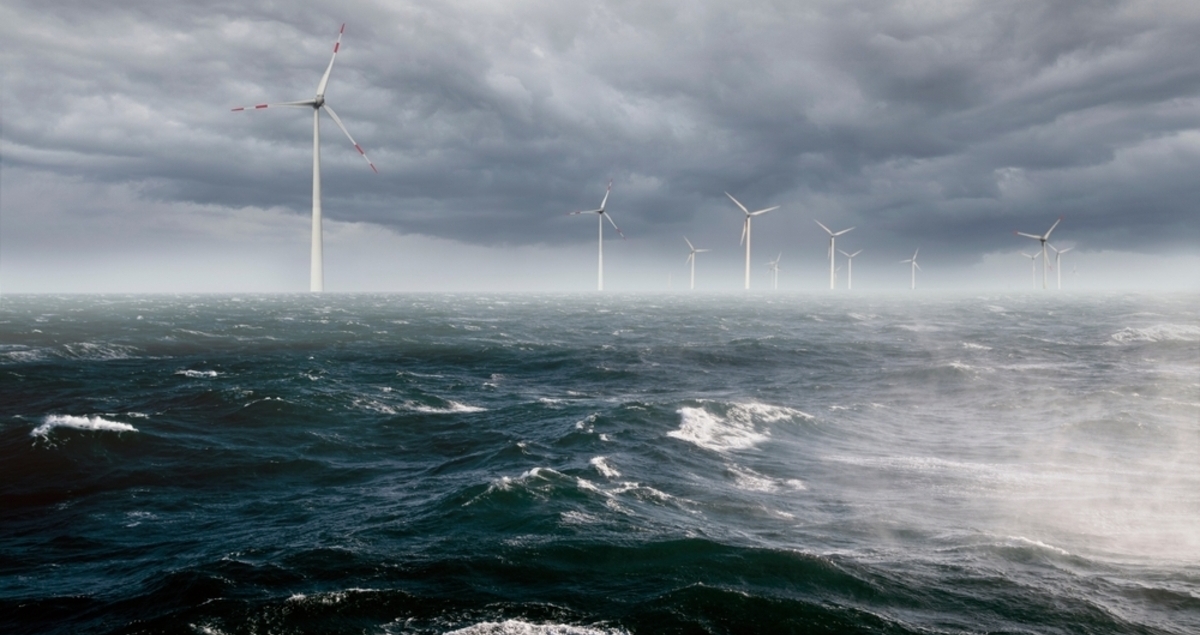Energy innovation: From space solar plants to nuclear fusion

Many of the energy innovations being rolled out today have their roots in the past. Waterwheels go back to around 200 BC. Windmills first emerged in the Middle East and Central Asia in the seventh century AD before being refined by the Dutch in the late 1500s. And a 19th-century French inventor was the first to suggest harvesting the sun’s energy.
But energy innovation has picked up pace in recent years, driven by the combined forces of climate change and soaring gas and electricity prices. The industry is producing some truly futuristic-sounding technologies — here are some of the most eye-catching that have emerged, with some more information on each of them below the graphic.
Clean energy innovations that will help with climate change and the energy crisis

1. Generating solar energy in space … and in the dark
Solar is the fastest-growing renewable energy source today. It’s set to account for 60% of all renewable capacity installed in 2022. Some of the greatest opportunities for solar energy are in Africa, Central and South America, given these regions’ high exposure to sunlight.
But can we get even closer to the sun — by putting solar farms into space? As innovative energy solutions go, this certainly sounds ambitious. Technological advances have made it more achievable, however.
With sunlight available 24/7, solar panels mounted on satellites could generate electricity all day and beam it back to Earth through high-frequency radio waves. These would then be converted back into electricity and delivered to a power grid.
Even on Earth, we may soon be able to generate solar electricity around the clock. Scientists at Stanford University in the US have developed a photovoltaic cell that can keep generating electricity overnight. It converts the small temperature difference between the solar panel — which cools at night — and the surrounding air into power. The technology is low-cost and could be added to existing systems to increase yields.

2. Wind energy islands
Wind power has been the other poster child of the energy transition, especially offshore wind, which is expected to attract almost $1 trillion in investment over the next decade.
Most current offshore wind farms are relatively close to shore. But with innovations like floating wind turbines, they can be taken much further out to sea where the wind potential is higher. Although there are projects underway and being planned across the globe, floating wind farms are still in their infancy.
As they proliferate, floating “energy islands” could be established to consolidate green electricity from multiple offshore wind arrays. These aggregators could then send that power back onshore, instead of laying cables back to land from each wind farm. What’s more, the islands could host large batteries or hydrogen electrolyzers to harness excess wind power.
3. Storing energy in the sand
Batteries are critical to storing excess renewable energy and using it to balance out electricity grids. Boosting battery capacities and numbers has long been a focus for the energy sector.
Finnish researchers have developed an innovative solution that uses a widely available material. They have just installed the world’s first fully working sand battery.
Located in the town of Kankaanpää in Southern Finland, it uses excess renewable energy to heat around 100 tonnes of standard builder's sand contained in a silo to 500°C. The hot air generated by this process can be stored over several months in the sand and released into the local district heating system at times of peak demand.

4. Nuclear fusion
Also harnessing the power of the sun — if slightly differently — is nuclear fusion. It’s the universe’s ubiquitous power source, causing the sun and stars to shine.
Nuclear fusion combines light atoms such as deuterium and tritium — isotopes of hydrogen — into the heavier element of helium, releasing energy in the process. No CO₂ is emitted and fusion fuel can be extracted from seawater in virtually unlimited quantities.
Reproducing fusion on Earth in a commercially viable way has been a holy grail for the science community since the 1960s. Now projects across the world are coming increasingly close to realising that power. This includes the ITER project in France, which MHI is contributing to.
As the world continues its transition to renewable, CO₂-free power, renewable energy innovation can be expected to continue, helping provide the multitude of approaches needed to help the world reach its climate goals.
Discover more about MHI’s work in fusion energy





